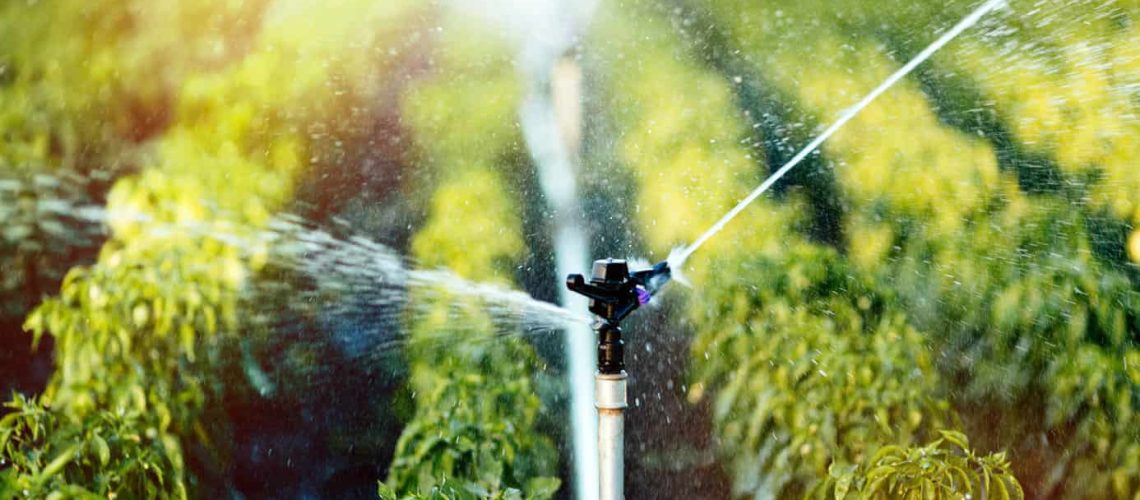Knowing the fundamental concepts of agricultural irrigation is essential to attain the most efficient use of water. These will assist growers in adopting the best method for a more sustainable operation.
What is agricultural irrigation?
Irrigation systems are used to transport water to the soil. It is a method used to supplement water during dry periods to reduce crop loss and improve the quality of water-sensitive crops.
There are two main ways to use agricultural water to cultivate crops: rain-fed and irrigation. Sometimes, the two techniques are combined, such as relying on direct rainfall and irrigation during dry times.
Types of irrigation system
There are several ways to distribute water throughout the field using an irrigation system. Choosing the most suitable system requires a knowledge of which among the available options can provide a uniform distribution of water. Here we have several types of irrigation systems that you can consider.
Sub-irrigation
Also known as seepage irrigation, it is a technique where water is distributed by raising the water table using a system of pumping stations, canals, and ditches. Farmers can collect the excess water to reuse later. It is practical and often used in areas with high water tables.
Drip Irrigation
This is one of the most popular irrigation systems that currently exist. In this method, you lace the area with irrigation lines that will deliver drops of water are delivered near or at the roots of the plants. It reduces weed growth and is by far the best efficient water usage.
Sprinkler Irrigation
Unlike drip irrigation, the sprinkler method supplies the water overhead. Sprinklers or guns with high pressure distribute the water to the plants. It can cover large areas and is the most versatile irrigation technique.
Surface Irrigation
This is a type of irrigation that is somewhere in between drip and sprinkler. It works by pouring water on the ground and allowing it to flow across the soil naturally. This is the easiest and cheapest utilization of rainwater.
Center Pivot Irrigation
A system of automatic sprinklers moving in a circular pattern distributes the water. This method uses a series of pipes with a wheel and a set of sprinklers. It can be rotated by hand or by a mechanism. It moves at a certain distance across the field and needs to have the water hose reconnected every time it moves to the following stretch. It is most commonly used in flat areas.
Manual Irrigation
This system is straightforward yet effective in making water available to crops. It is also easy to handle and requires no technical equipment. Moreover, this well-directed method allows high-self help compatibility and low initial capital cost.
It is essential to evaluate which irrigation system is practical and economical for your operation. You can ask yourself questions like, How much water is required? What materials are needed? When will the water be distributed? And what is the most feasible design?
When in doubt, always seeks qualified professionals. Good advice plays a vital role in any success. SWFL Service and Supply can help you make a sound decision and assist you in using the best resources for your crops.

